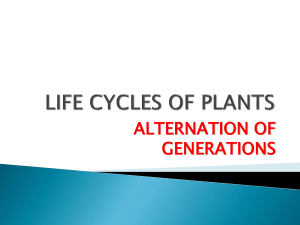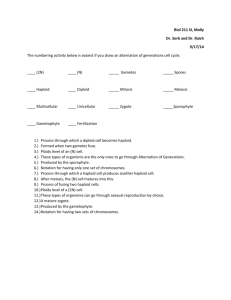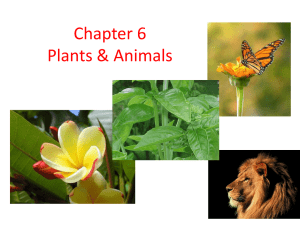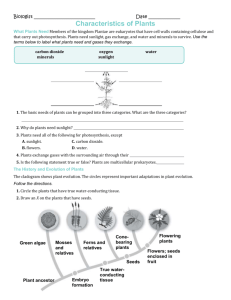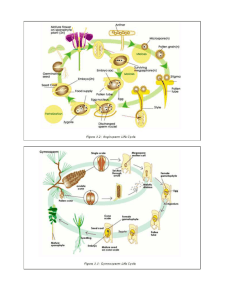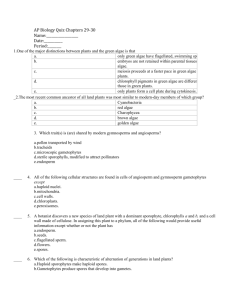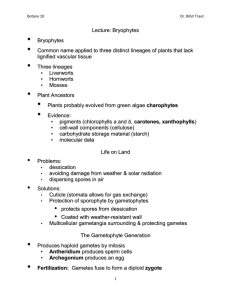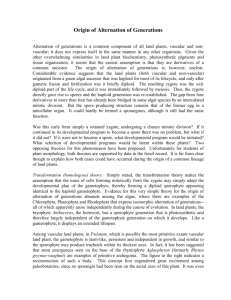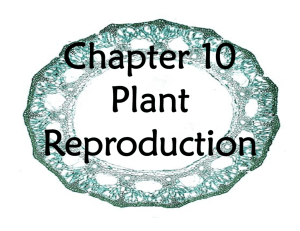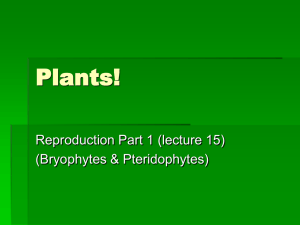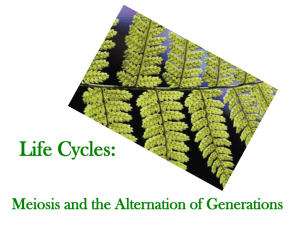Title: Introduction to the Scientific Method
advertisement
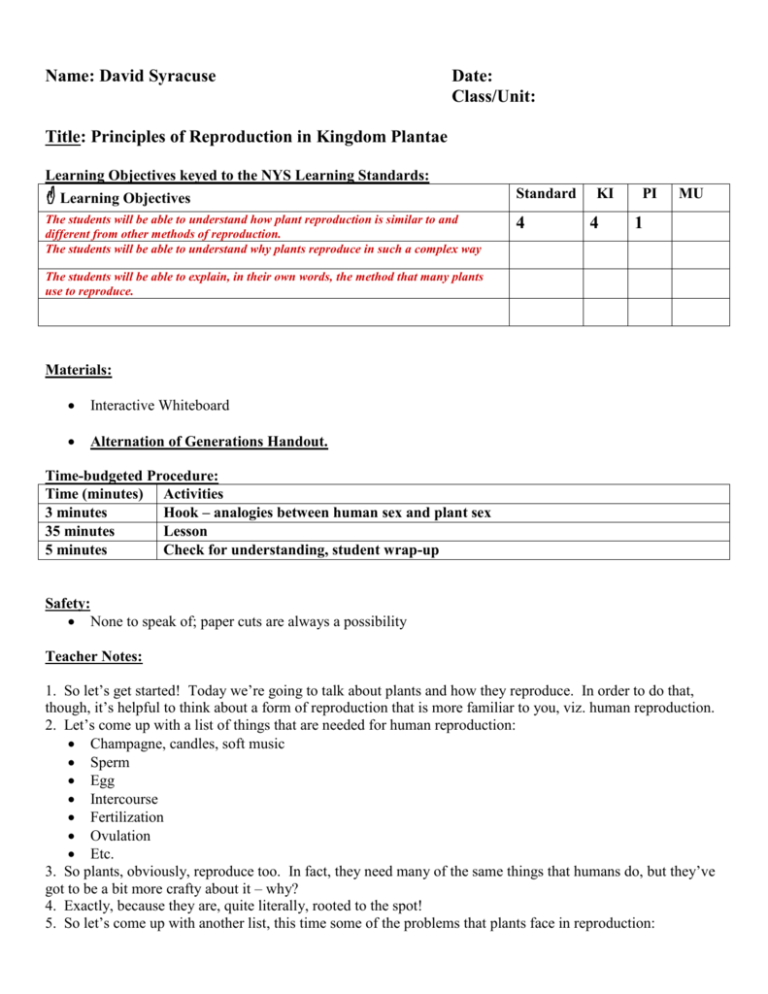
Name: David Syracuse Date: Class/Unit: Title: Principles of Reproduction in Kingdom Plantae Learning Objectives keyed to the NYS Learning Standards: Learning Objectives Standard The students will be able to understand how plant reproduction is similar to and different from other methods of reproduction. The students will be able to understand why plants reproduce in such a complex way 4 KI 4 PI MU 1 The students will be able to explain, in their own words, the method that many plants use to reproduce. Materials: Interactive Whiteboard Alternation of Generations Handout. Time-budgeted Procedure: Time (minutes) Activities 3 minutes Hook – analogies between human sex and plant sex 35 minutes Lesson 5 minutes Check for understanding, student wrap-up Safety: None to speak of; paper cuts are always a possibility Teacher Notes: 1. So let’s get started! Today we’re going to talk about plants and how they reproduce. In order to do that, though, it’s helpful to think about a form of reproduction that is more familiar to you, viz. human reproduction. 2. Let’s come up with a list of things that are needed for human reproduction: Champagne, candles, soft music Sperm Egg Intercourse Fertilization Ovulation Etc. 3. So plants, obviously, reproduce too. In fact, they need many of the same things that humans do, but they’ve got to be a bit more crafty about it – why? 4. Exactly, because they are, quite literally, rooted to the spot! 5. So let’s come up with another list, this time some of the problems that plants face in reproduction: Stuck in the ground Need to get sperm to eggs Self-fertilization? Fertilizing someone else? Using a go-between? (vector)? Growing the “baby” plant? Make sure “baby” plant doesn’t grow too near parent Etc. 6. So plants have a lot more to deal with than you might imagine. Because of these evolutionary pressures, plants have evolved a rather peculiar way of reproducing called “alternation of generations.” 7. This is something that most college students don’t understand, but you will, because you’re smart, and I’m good at telling you about it. The name is the first confusing part, because it’s not what you generally think of as a “generation.” 8. A generation is usually one life cycle, right? As in “generation z.” Here, we really mean different parts of one generation. 9. Now it’s time for the purpose of this new section. You know I always like to put the purpose down before we move along. So keep this in mind if you get lost in the details. 10. The purpose of reproduction in plants/alternation of generations is to create new plants that won’t necessarily need to live right near the parent plant. 11. So now that we know that, what, exactly, is alternating? 12. Turns out that just as we have cells that are diploid and haploid, plants have phases of their life during which they are diploid and haploid. These two phases are called sporophyte (diploid) and gametophyte (haploid). 13. Many scientists believe that ancestral plants, back in the day, did not have these two phases, and when plants started to move onto land, they needed a way to disperse their seeds, because they could no longer just float them out in the water. Thus, the sporophyte came about. This happened about 470 mya, in the Ordovician. 14. The sporophyte is the main form that you would recognize of a plant. If you look at a tree, flower, grass, clover, bird-of-paradise, palm tree or pine tree, you are looking at the sporophyte. 15. There are some plants in which the gametophyte, though, is the dominant form. Mosses and algae, for example, and many non-vascular plants like liverworts, hornworts, etc. 16. In most plants, the gametophyte is greatly reduced into pollen and eggs. [pass out alternation of generations handout] 17. So here’s the way it works: The sporophyte produces, you guessed it, spores. These are multi-cellular, and they can each turn into a gametophyte. These gametophytes, produce, you guessed it, gametes! These gametes are capable of coming together to make another sporophyte! 18. So, in seed plants with which you are familiar, like a daisy, the seed is produced by two gametes (from gametophytes), that fuse at fertilization. The whole thing is packaged up with nutrients, and we call it a seed! The seed contains an embryonic sporophyte…which can produce more spores….which can make more gametophytes….which can make more gametes….you get the idea. 19. We don’t see the spores of most plants; they’re inside the pollen grains or ovules of the plant, as are the gametophytes. 20. Reinforcement: None Assessment: One student will give us a recap of the day’s lesson in his or her own words. References: Campbell, Biology Suggestions for improvement:
